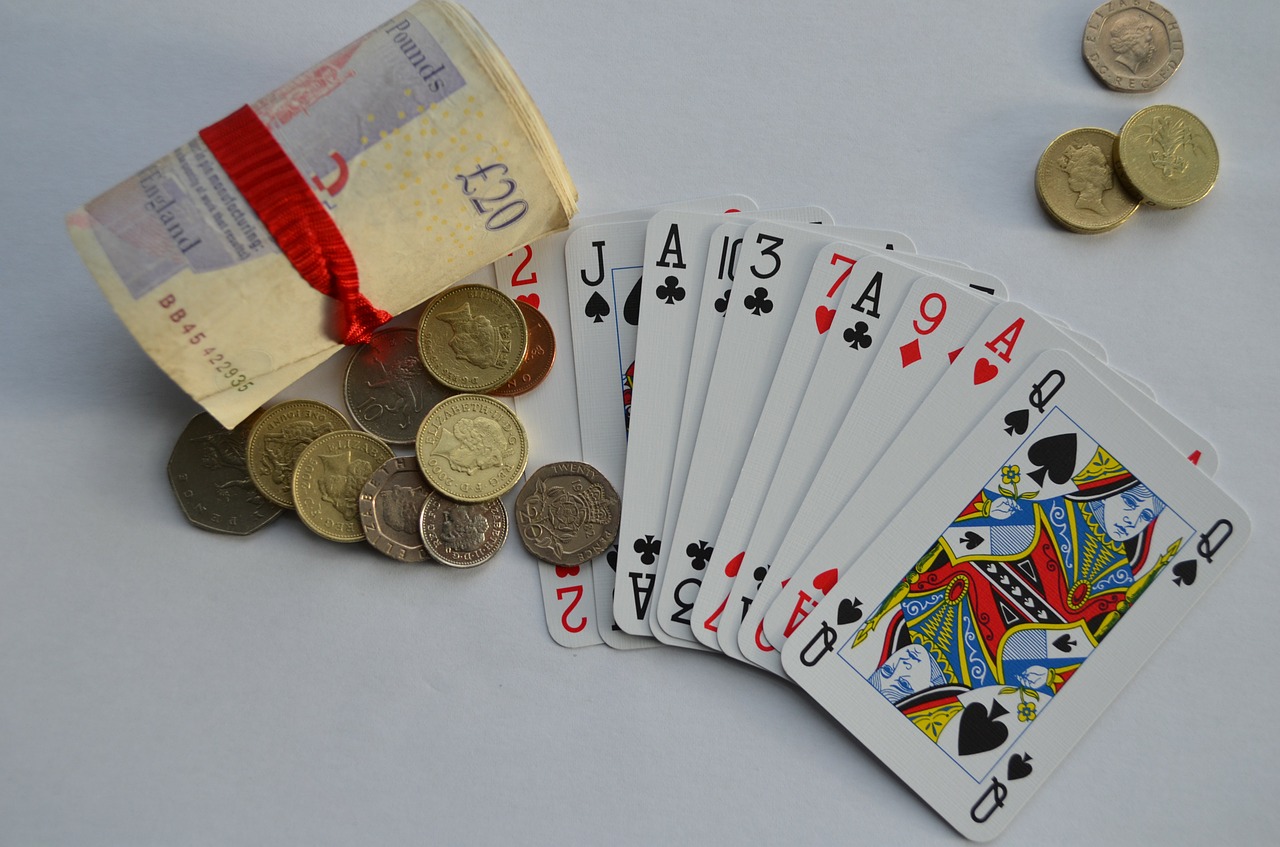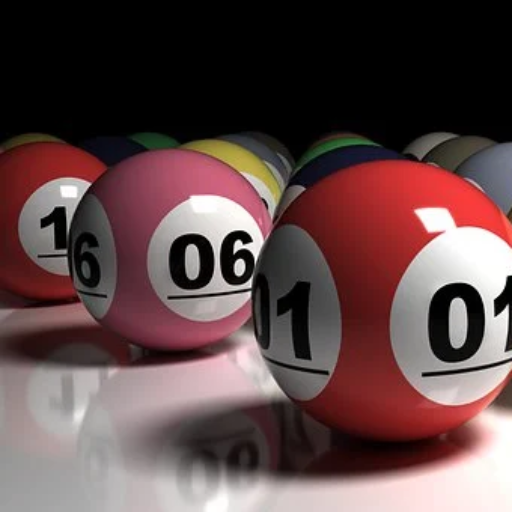1. Introduction to Poker Tells
Understanding the psychology behind poker tells is a crucial skill for any serious poker player. In the high-stakes world of poker, players often rely on more than just the cards in their hands to gain an edge. Whether it’s a subtle facial expression, a nervous tick, or a change in tone of voice, these seemingly insignificant cues can reveal valuable information about an opponent’s hand and intentions. In this article, we will delve into the fascinating realm of poker tells, exploring the role of psychology in the game and providing insights into various types of tells and how to interpret them. By honing your ability to recognize and decipher poker tells, you can gain a significant advantage at the table and improve your chances of success.
1. Introduction to Poker Tells
– What are Poker Tells?
Picture this: you’re sitting at a poker table, trying to decipher your opponents’ next move. Suddenly, you notice a subtle twitch in their eye or a nervous tap of their fingers. These subtle cues, my friend, are what we call poker tells. Poker tells are the unintentional behaviors or actions that players exhibit, giving away clues about the strength of their hand or their intentions.
– The Importance of Understanding Poker Tells
Understanding poker tells is like having a secret weapon in your arsenal. By recognizing these hints, you gain an edge over your opponents, allowing you to make more informed decisions and increase your chances of success. Whether it’s a slight change in breathing patterns or a telltale shrug, poker tells can reveal valuable information that shapes your strategy and puts you ahead of the game.
2. The Role of Psychology in Poker
– Psychological Factors in Poker
Poker is not just a game of numbers and cards; it’s a mind game. The psychological aspect of poker plays a crucial role in every decision you make at the table. Understanding the way your opponents think and react under pressure gives you a significant advantage. Are they aggressive bluffers or cautious calculators? Psychology allows you to delve into the minds of your opponents and use that insight to your advantage.
– How Psychology Impacts Decision Making in Poker
Psychology influences how we make decisions, and poker is no exception. Emotional states, like fear or overconfidence, can cloud judgment and lead to poor choices. Skilled players know how to control their emotions and read their opponents’, making calculated decisions based on logic rather than impulse. By understanding the psychological aspects of the game, you can navigate the poker table with a clear mind, ready to outwit and outplay your opponents.
3. Observing Physical Tells in Poker
– Understanding Physical Tells
In poker, the body speaks volumes. Physical tells are the subtle movements, gestures, or changes in demeanor that reveal what a player might be thinking or feeling. It could be something as simple as a nervous tick, a shift in body posture, or even the way they handle their chips. By keenly observing these physical tells, you can gain valuable insights into your opponents’ hands and intentions.
– Common Physical Tells and Their Meanings
Let’s uncover some of the common physical tells you might encounter at the poker table. A player who suddenly avoids eye contact may be hiding the strength of their hand, while someone who leans forward eagerly might have a strong hand they want to bet on. Of course, not all physical tells are foolproof, but being attuned to these clues can help you make more informed decisions and stay one step ahead.
4. Analyzing Verbal and Vocal Tells in Poker
– Verbal Tells: What to Listen For
While physical tells are essential, don’t forget about the power of words. Verbal tells are the words and phrases players use that disclose their emotions, intentions, or even possible strategies. Listen for hesitation, statements of certainty, or excessive chatter, as they can provide valuable hints about the strength of a hand or a bluff in progress.
– Vocal Inflections and Their Significance
Not only do the words matter, but the way they are spoken can also reveal much. Vocal inflections, variations in tone or pitch, can betray nervousness, confidence, or deliberate deception. A sudden change in speech patterns, such as a higher pitch or a slower tempo, may indicate uncertainty or a hidden agenda. Paying attention to these vocal cues can help you uncover what your opponents are really thinking, giving you a leg up in the game.
Remember, poker tells are not foolproof, and every player is different. However, recognizing and understanding these subtle cues, both physical and verbal, can give you a significant advantage at the poker table. So, sharpen your observation skills, read between the lines, and let the psychology of poker guide you to victory.
5. Understanding Behavioral Patterns and Emotional Tells
– Behavioral Patterns in Poker
When it comes to poker, humans are creatures of habit. We all have behavioral patterns that give away our intentions at the table. Some players may have a tendency to fidget when they have a strong hand, while others might become unusually still when they’re bluffing. By observing and understanding these patterns, you can gain valuable insights into your opponents’ strategies and adjust your own accordingly. So, keep a keen eye out for those telltale signs!
– Emotional Tells and Their Interpretation
Poker is an emotional rollercoaster, and we’re all prone to displaying our feelings on our sleeves. Whether it’s a sudden spike in heart rate, a nervous twitch, or an exasperated sigh, these emotional tells can reveal a lot about what’s happening in a player’s mind. Recognizing and interpreting these signals can help you make better decisions at the table. Just remember, don’t get too caught up in the drama; poker is a game of strategy, not a soap opera!
6. Decoding Microexpressions and Facial Tells
– Recognizing Microexpressions in Poker
Microexpressions are the fleeting facial expressions that reveal our true emotions before we can even process them consciously. They last only a fraction of a second, but if you’re sharp enough, you can catch them in action. In poker, these microexpressions can be the key to deciphering your opponents’ thoughts and intentions. A subtle smirk or a subtle furrowing of the brows can speak volumes. So, keep your eyes peeled and get ready to become a microexpression detective!
– Facial Tells and Their Hidden Messages
Faces can be like leaky faucets of information in the poker world. They can unconsciously reveal our excitement, disappointment, or even our attempts to deceive. Raised eyebrows, widened eyes, or a subtle twitch of the lips might be all the hints you need to figure out what your opponents are up to. But remember, don’t be too obvious when you’re decoding facial tells, or you might find yourself playing against a bunch of stone-faced sharks!
7. The Influence of Body Language in Poker
– Importance of Body Language in Poker
Body language is the unspoken language of poker. How players sit, lean forward, or lean back can speak volumes about their level of confidence, their current hand strength, and their overall approach to the game. It’s like a choreographed dance where the players express themselves without uttering a single word. So, pay close attention to the way your opponents move, and you might just gain a tactical advantage without even looking at your cards.
– Interpreting Body Language Cues
Reading body language may seem like trying to solve an ancient Mayan puzzle, but with practice, you can become quite the expert. A player who suddenly crosses their arms might be feeling defensive, while someone who leans forward enthusiastically might be excited about their cards. These cues, combined with other behavioral and emotional tells, can help you piece together a comprehensive understanding of your opponents’ strategies. Just remember, never judge a book by its cover; sometimes, even the most subtle body language cues can lead you down the wrong path.
8. Strategies for Exploiting and Concealing Poker Tells
– Exploiting Opponents’ Poker Tells
Once you’ve mastered the art of reading tells, it’s time to put that knowledge to good use. Exploiting your opponents’ tells can be your secret weapon at the poker table. If you notice that someone scratches their nose every time they bluff, you can use that information to your advantage by calling their bluffs and raking in the chips. However, be cautious not to become too predictable yourself. If players catch on to your own tells, you might find yourself being exploited instead.
– Concealing Your Own Poker Tells
While it’s essential to understand others, don’t forget about yourself. Recognizing and concealing your own tells is just as crucial as reading your opponents’. Avoid fidgeting, maintain a poker face (pun intended), and keep your emotions in check. It’s not easy, but with practice, you can become a master of disguise. Remember, the less information you give away, the harder it becomes for your opponents to make accurate reads and exploit your weaknesses. So, keep your cards close and your tells even closer!
Mastering the psychology of poker tells is a skill that sets apart the good players from the great ones. By understanding the various physical, verbal, and behavioral cues, as well as the underlying psychology behind them, you can make more informed decisions at the poker table. Remember, however, that tells are not foolproof and can be misleading. It is essential to combine this knowledge with a solid understanding of the game and disciplined gameplay. So, next time you find yourself seated at the poker table, pay attention not only to the cards but also to the subtle clues that your opponents may unknowingly reveal. Happy playing!
FAQ
1. Are poker tells always accurate indicators of an opponent’s hand?
While poker tells can provide valuable insights into an opponent’s intentions, it is important to remember that they are not foolproof. People can exhibit false tells or intentionally manipulate their behavior to deceive opponents. It is crucial to consider other factors such as the player’s overall strategy, previous actions, and the context of the game.
2. Can I use poker tells to bluff my opponents?
Absolutely! Understanding poker tells gives you an advantage not just in deciphering your opponents’ hands but also in manipulating their perception of yours. By strategically incorporating false tells into your gameplay, you can effectively bluff your opponents and make them misjudge the strength of your hand. However, proceed with caution as skilled players may be able to spot your bluff.
3. Can I control my own poker tells?
While it is challenging to completely mask all your tells, you can certainly work on minimizing and controlling them to a certain extent. By practicing self-awareness and maintaining a consistent demeanor at the table, you can reduce the likelihood of giving away unintentional cues. Additionally, understanding common tells can help you spot and correct any potential leaks in your own behavior.








Facebook Comments